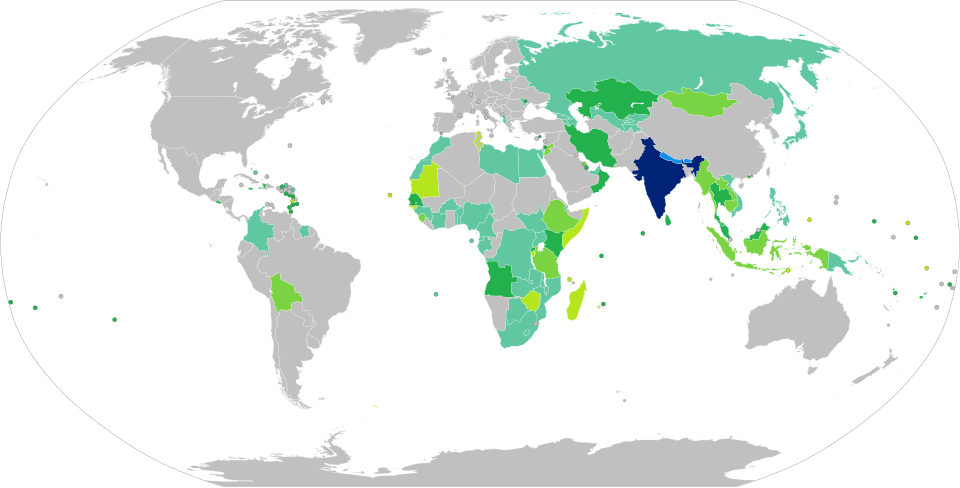What Travelers Need to Know Before Visiting India
India welcomes visitors from all over the world, but the visa requirements vary depending on your country of origin. This guide helps you understand the specific conditions based on nationality, ensuring you’re well-prepared for your visit.
1. Countries Eligible for e-Visa
Citizens of over 160 countries can apply for an Indian e-Visa online, including:
United States
United Kingdom
Australia
Germany
France
Japan
UAE
Key Requirements:
Valid passport (at least 6 months validity)
Return or onward journey ticket
Proof of sufficient funds
Important:
e-Visas are not available to nationals of countries like Pakistan, who must apply through the traditional embassy process.
2. Visa-on-Arrival
India currently offers Visa-on-Arrival (VoA) only to a select group of countries, primarily for Japanese and South Korean nationals at designated airports.
Documents Required:
Return tickets
Passport-size photos
Hotel bookings or proof of stay
3. SAARC Countries
Special visa provisions are often extended to neighboring South Asian countries like:
Nepal and Bhutan citizens do not require a visa to enter India.
Citizens of Bangladesh, Sri Lanka, Afghanistan, and Maldives must apply for a visa but may be eligible for simplified or expedited processing in certain cases.
4. Special Categories and Restrictions
Pakistani nationals require additional clearance and can only apply for specific entry points.
Chinese nationals can apply for e-Visas, but certain categories (like research or media) require longer processing and more documentation.
5. Transit Visa Requirements
For travelers with layovers in Indian airports:
A Transit Visa is required if you plan to leave the airport during your stopover.
Usually valid for up to 72 hours, depending on itinerary and nationality.
Final Tips:
Always verify current visa rules from the official Indian Visa website or your nearest Indian embassy.
Visa rules may change based on diplomatic relations, pandemic measures, or policy updates.









